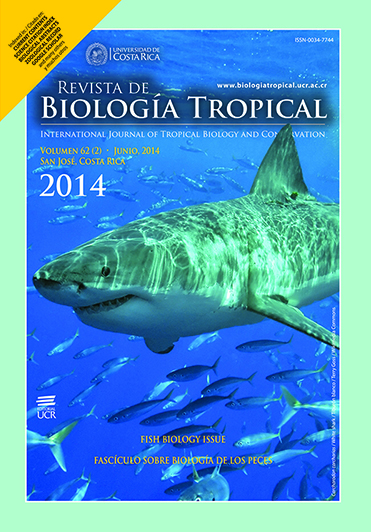Abstract
The tribe Sciurini comprehends the genera Sciurus, Syntheosiurus, Microsciurus, Tamiasciurus and Rheinthrosciurus. The phylogenetic relationships within Sciurus have been only partially done, and the relationship between Mesoamerican species remains unsolved. The phylogenetic relationships of the Mesoamerican tree squirrels were examined using molecular data. Sequence data publicly available (12S, 16S, CYTB mitochondrial genes and IRBP nuclear gene) and cytochrome B gene sequences of four previously not sampled Mesoamerican Sciurus species were analyzed under a Bayesian multispecies coalescence model. Phylogenetic analysis of the multilocus data set showed the neotropical tree squirrels as a monophyletic clade. The genus Sciurus was paraphyletic due to the inclusion of Microsciurus species (M. alfari and M. flaviventer). The South American species S. aestuans and S. stramineus showed a sister taxa relationship. Single locus analysis based on the most compact and complete data set (i.e. CYTB gene sequences), supported the monophyly of the South American species and recovered a Mesoamerican clade including S. aureogaster, S. granatensis and S. variegatoides. These results corroborated previous findings based on cladistic analysis of cranial and post-cranial characters. Our data support a close relationship between Mesoamerican Sciurus species and a sister relationship with South American species, and corroborates previous findings in relation to the polyphyly of Microsciurus and Syntheosciurus' paraphyly.
Comments

This work is licensed under a Creative Commons Attribution 4.0 International License.
Copyright (c) 2014 Revista de Biología Tropical






